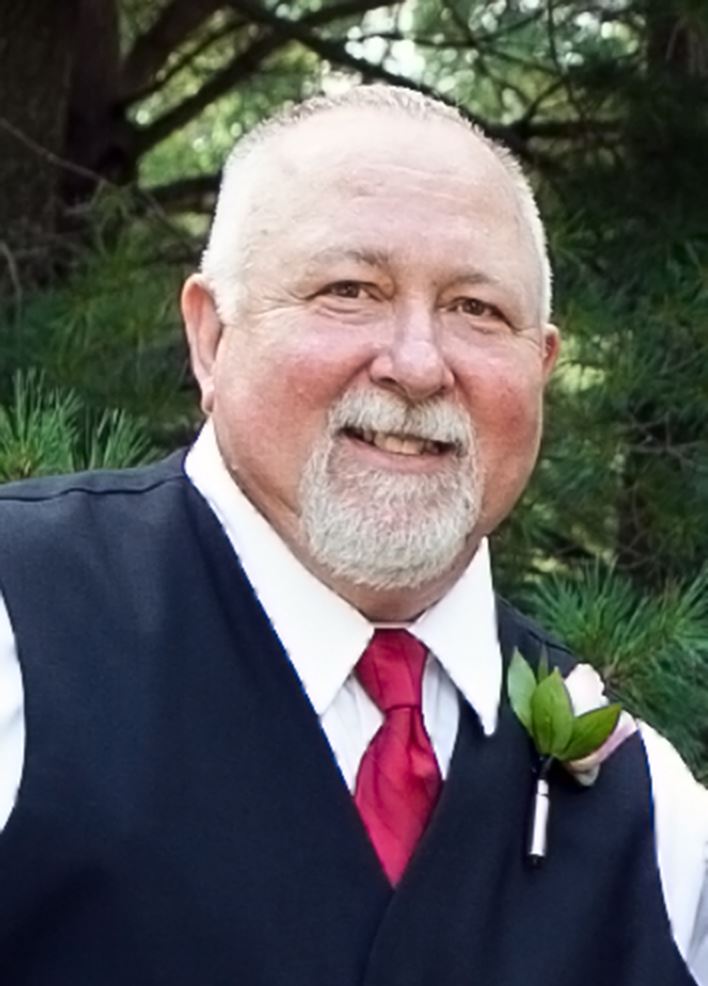Enhancement of Forensic Digital Images
Many law enforcement agencies (and disciplines) focus on just one facet of the digital imaging process – image capture – and do not consider the entire imaging process. Some people do not value the use of digital imaging because of poor image quality (meaning the output), which typically has little, if anything, to do with the actual digital imaging process (such as improving image quality and clarity or the ability to suppress background noise/enhance challenging impression evidence).
Also, many people who work with impression evidence still print digital images on the wrong type of paper (plain copy paper or matte finish paper instead of using high quality, premium photo glossy paper), which significantly degrades image quality output. In addition to using the wrong paper, they frequently do not use the proper printer settings. For example, they fail (or forget) to change printer settings such as paper type, image quality, speed, color balance, and so forth.
Another challenge that many forensic experts face is how to mitigate the artifacts of JPG compression. Far too often, crime scene investigators and photographers use a JPG (compression) file format to make images smaller (in size) so they can either store more images on their memory cards or so they can download or email their images faster. Regrettably, many people do not realize that JPG compression eliminates real pixel values. Depending upon the level of JPG compression used, the images can be damaged significantly and the details within the image can lost.
Many significant improvements have been made to Adobe Photoshop, and new features and functions have been added. As a result, the forensic community must fundamentally change the way that we look at digital images as well as how we view, process, analyze and compare digital images.
This webinar will provide detailed instruction of basic image processing techniques, and will focus on the guidelines and best practices for digital image processing to aid in the analysis, comparison, evaluation and verification of digital images.
During this webinar you will learn advanced concepts of forensic digital image processing as well as learn a wide variety of image enhancement tips and techniques. While these techniques are of tremendous value and aid in the analysis, comparison, evaluation and verification of latent prints, these techniques and tools are extremely useful in most, if not all, impression evidence disciplines, such as: trace evidence; questioned documents; footwear tool mark and tire tread examinations; firearms, fire debris and explosives analysis, and so forth.
You will also learn how to use Adobe Photoshop’s camera RAW converter properly and how to adjust tonal range, color balance and contrast properly, as well as how to use tools such as Apply Image, Calculations, Curves, Levels and Shadows/Highlights

About The Instructor:
With more than 20 years of AFIS and digital imaging experience, David Witzke (better known as Ski), Vice President of Program Management for Foray Technologies, is one of the foremost experts in forensic digital imaging technologies. Ski has conducted hundreds of beginner, intermediate and advanced digital imaging training programs for law enforcement agencies at all levels – local, State and Federal – throughout the United States, Canada and Europe, and he has earned both national and international recognition for conducting user training for both novice and experienced computer users in a wide range of forensic disciplines. Ski was the guest instructor for the Digital Processing of Evidentiary Photography training program at the FBI Academy in Quantico, Virginia for eight years, and was the instructor for the Forensic Digital Image Processing training program at the British Columbia Institute of Technology (BCIT) in Vancouver, BC for more than six years. Ski is an associate member of the International Association for Identification, the Canadian Identification Society, and the European Network of Forensic Science Institutes (ENFSI) Fingerprint Working Group. Ski is also currently an active member of the National Institute of Standards and Technology (NIST) Organization of Scientific Area Committees (OSAC) for Forensic Science.
Ski was also responsible for developing and training latent print examiners how to create and use a new, innovative technique for preparing court exhibits, commonly referred to as “bubble charts”, that clearly demonstrates all three levels of fingerprint detail to the lay person in a manner that is readily understandable using traditional court charts. He has also developed an array of actions for Adobe Photoshop to make image processing as quick … and simple … as a single mouse click.
Ski is a contributing writer for three well-known books within the forensic science community: Crime Scene Photography (Second Edition, Published 2010 by Academic Press), Introduction to Crime Scene Photography (Published 2012 by Academic Press) and Footwear, The Missed Evidence (Third Edition, Published 2013 by Staggs Publishing).
For additional information regarding digital image processing, please see Foray Technologies’ website:
https://foray.com/community/lawenforcementnews.php
To download free Actions (macro) plug-ins for Adobe Photoshop (for Photoshop CS4 and later) to:
· Minimize and/or eliminate the artifacts that are commonly caused by JPG compression. Useful for still frame images from video, compressed mug shot images, or any JPG image in need of quality improvement.
· Simply the digital imaging process, such as suppression backgrounds on ninhydrin prints, eliminating color channels, adjusting image tone and contras as well as tools for creating court exhibits and creating documentation for your analysis, comparison and evaluation processes automatically.
https://foray.com/solutions/photoshoptools.php